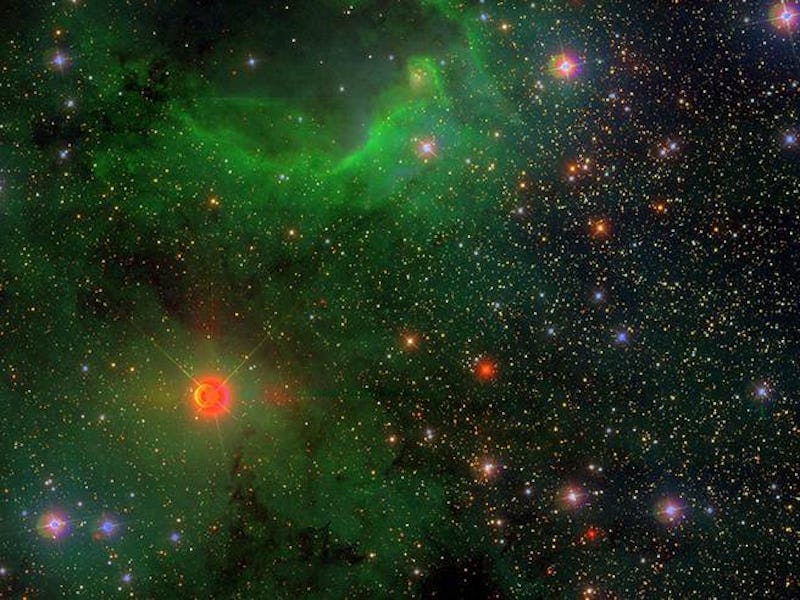Quasars are beacons of light powered by supermassive black holes at their center, making them easy to spot, even at the furthest reaches of the universe. By tracking these objects with the Sloan Digital Sky Survey, a team of researchers was able to create the largest 3D map of the universe yet.
The SDSS’s Extended Baryon Oscillation Spectroscopic Survey, eBOSS, uses sound waves to precisely measure the brightness of quasars that are seven billion light-years away, making them some of the oldest objects in the universe. In total, the team measured accurate three-dimensional positions for more than 147,000 quasars.
Once combined into a map, the team was able to detect the universe at just 380,000 years old, a period when something shifted and sound waves were frozen in time. These frozen waves are left imprinted in the three-dimensional structure of the present-day universe, acting as the perfect point of reference for the distance of all quasars. This rule of measurement is known as the baryon acoustic oscillations (BAO) scale.
“You have meters for small units of length, kilometres or miles for distances between cities, and we have the BAO scale for distances between galaxies and quasars in cosmology,” Pauline Zarrouk, a researcher who measured the projected BAO scale, said.
A slice through largest-ever three-dimensional map of the Universe.
It is still unknown why there was a frozen time in the universe, but using Einstein’s Theory of General Relativity, there is an assumption that it lead to the creation of dark energy, which ultimately sparked the expansion of the universe.
“We would like to understand dark energy further,” Will Percival, an eBOSS survey scientist, said. “Surveys like eBOSS are helping us to build up our understanding of how dark energy fits into the story of the Universe.”
The map will continue to grow as the team adds more quasars and galaxies. Once complete, it will serve as a template for future generation telescopes that will be able to detect dark energy with extreme precision.
